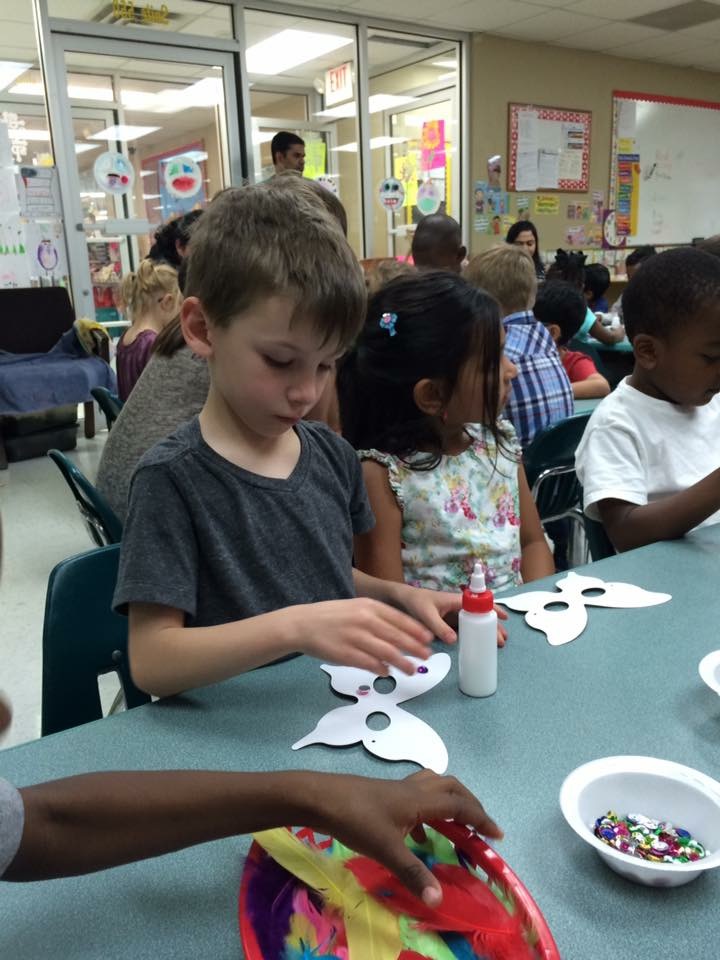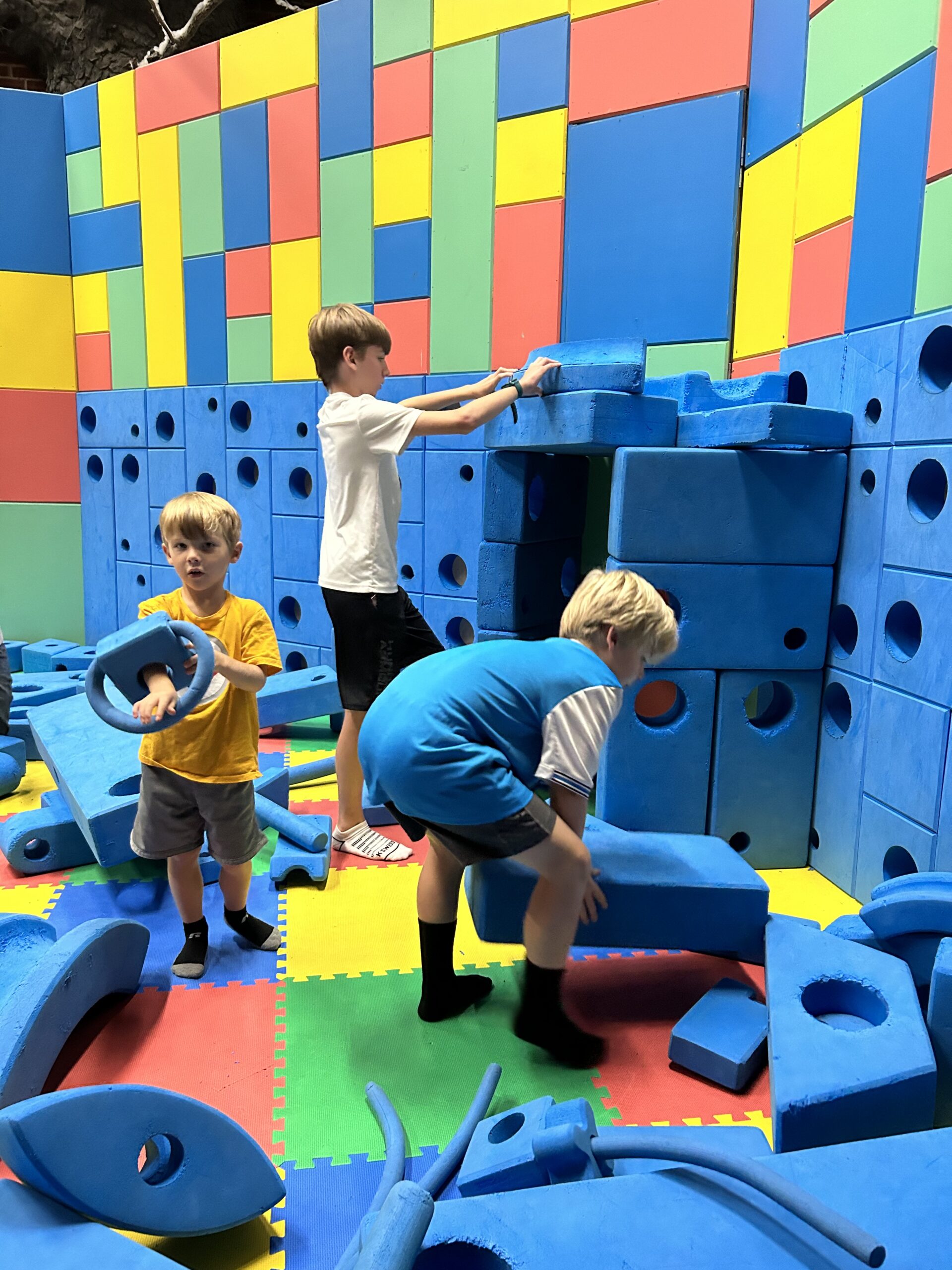Instructors and coaches use warm-up activities for athletics all the time. So, warm-up lessons for academics are just as important for the stimulation of the thought process. Warm-up activities help engage students and shift their frame of mind toward a new task. They also wake students up in the morning or after lunch. They begin conversations and discussions.
Warm-up Activities Popular Today
It’s best to use warm-up activities in the first five minutes of class. The goals are to involve students and build their confidence in learning. The best activity gets students to collaborate with each other and think about new content.
These exercises also get students to think about previously learned material and how it applies to new content. Students need to hear previously learned concepts three to five times to store them in their memory.
Activities to begin the learning process also relieve students’ anxiety on a day of a test. They help students focus on a new project. Beginning activities make an abstract problem more approachable. Thus, students are more comfortable to ask questions.
Engaging Activites
There are various ways to warm-up a classroom. The best activity for students depends on the subject.
- Warm-up for a new topic. A KWL chart benefits a new topic.
- Physical activity for focus. Students lose their focus after a few minutes. Physical movement helps restore the blood flow.
- Quick writes and reflections help students to recall important points.
- Question and answer sessions for misunderstood concepts. This helps clear up misconceptions and for deeper understanding of a topic.
Time for stimulating activities depends on schedules. Worksheets are easy but not affective. Students are more receptive to activities that start thoughts and discussions.
- Quick writes and thought based questions get students to respond.
- Photos and political cartoons also get students to think. They can ignite a team or partner discussion.
- Quotes lead to the use of critical thinking skills. These can apply to any subject.
Prep activities are a low-key way to ease students into the learning process. They shift students into thinking and sparks conversation. It takes as little as 60 seconds to focus students.
In creating a mindset for learning, students take ownership of their learning. Thus, achieve independence. As students focus on learning, they naturally improve their grades. They focus on classroom tasks and become better lifelong learners.



